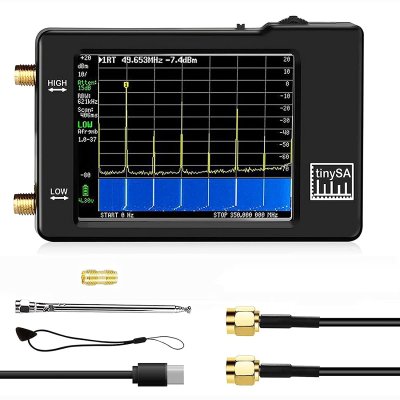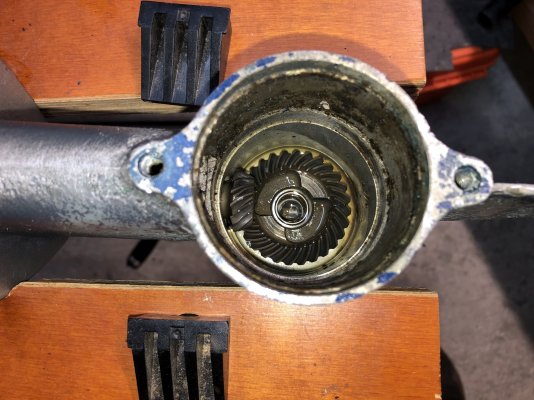I replaced the defrost heater of my main 30-cf refrigerator.
Yesterday, the "De" warning light on the GE fridge started flashing. The fridge seemed to work fine, so I reset the power, and the light went away.
This morning, the warning light came on again. I checked the temperature of the freezer, and saw that it was 0F. The refrigerator side was 42F, which was not cold enough.
A quick check on the Web showed that the most likely culprit was a failed defrost heater. An appliance part store near me opened until 1PM today, and it was 11AM already. So, I rushed out to get the replacement part, before I could remove it to bring to the store for a cross-check.
Back at home, the heater replacement took 2 hours. It took that long because the 30-cf fridge was deep and being a side-by-side, its freezer side was narrow, and I could fit only one shoulder inside at a time, and some tasks required two hands. This fridge required all the racks to be removed along with the ice maker before the cooling coil cover could be removed.
The moment I removed the interior panel to expose the cooling coil, it was clear that the coil had iced over, and the airflow was blocked. A look at the defrost heater showed obvious signs that it had burned out. Indeed, an ohmmeter check confirmed that it was the case.
The fridge is back working now, and my wife already reloaded all the food. Lots of stuff there that I reminded her to either eat or throw away.
Cost of the repair: $61 for the defrost heater, tax included.


